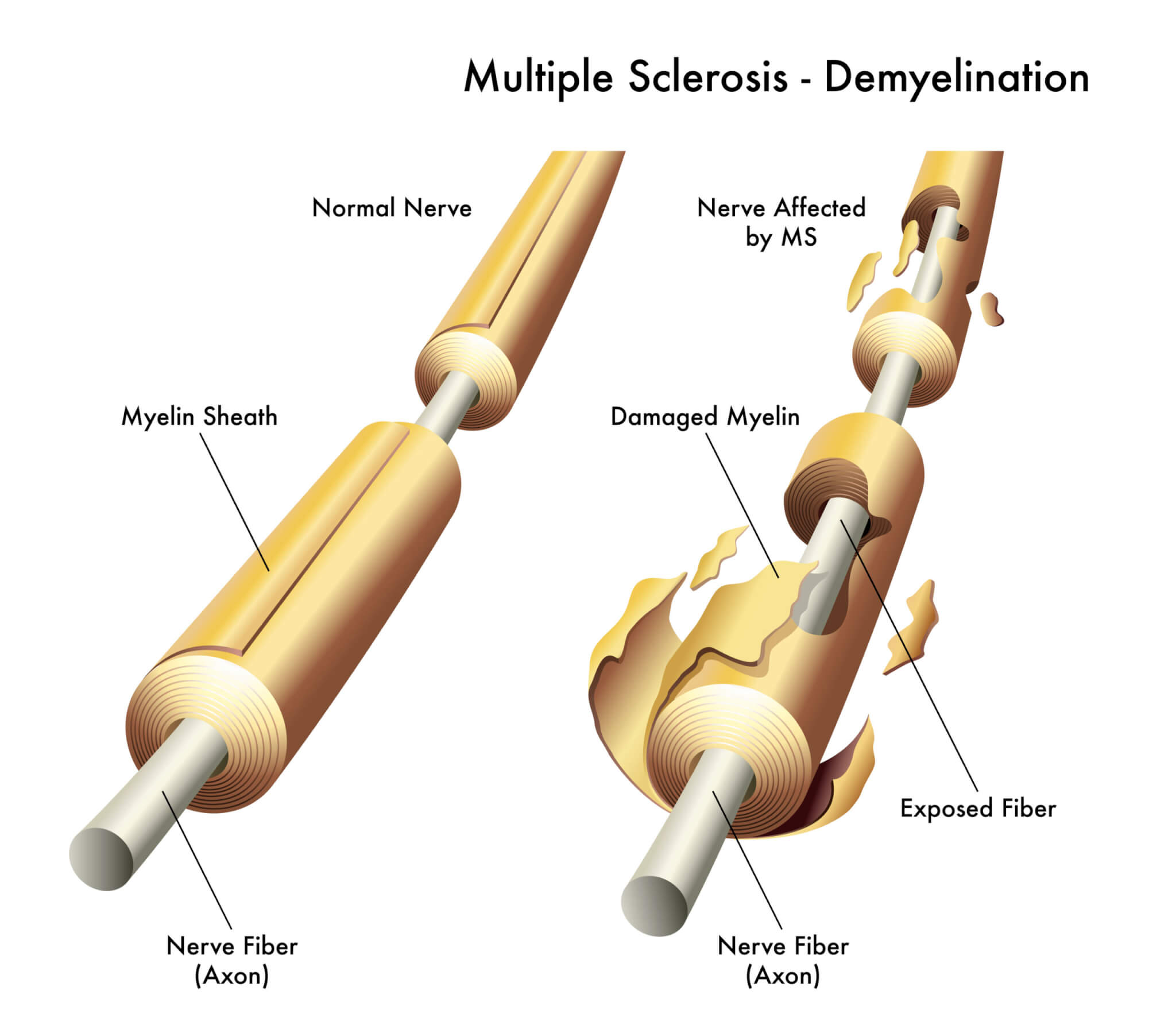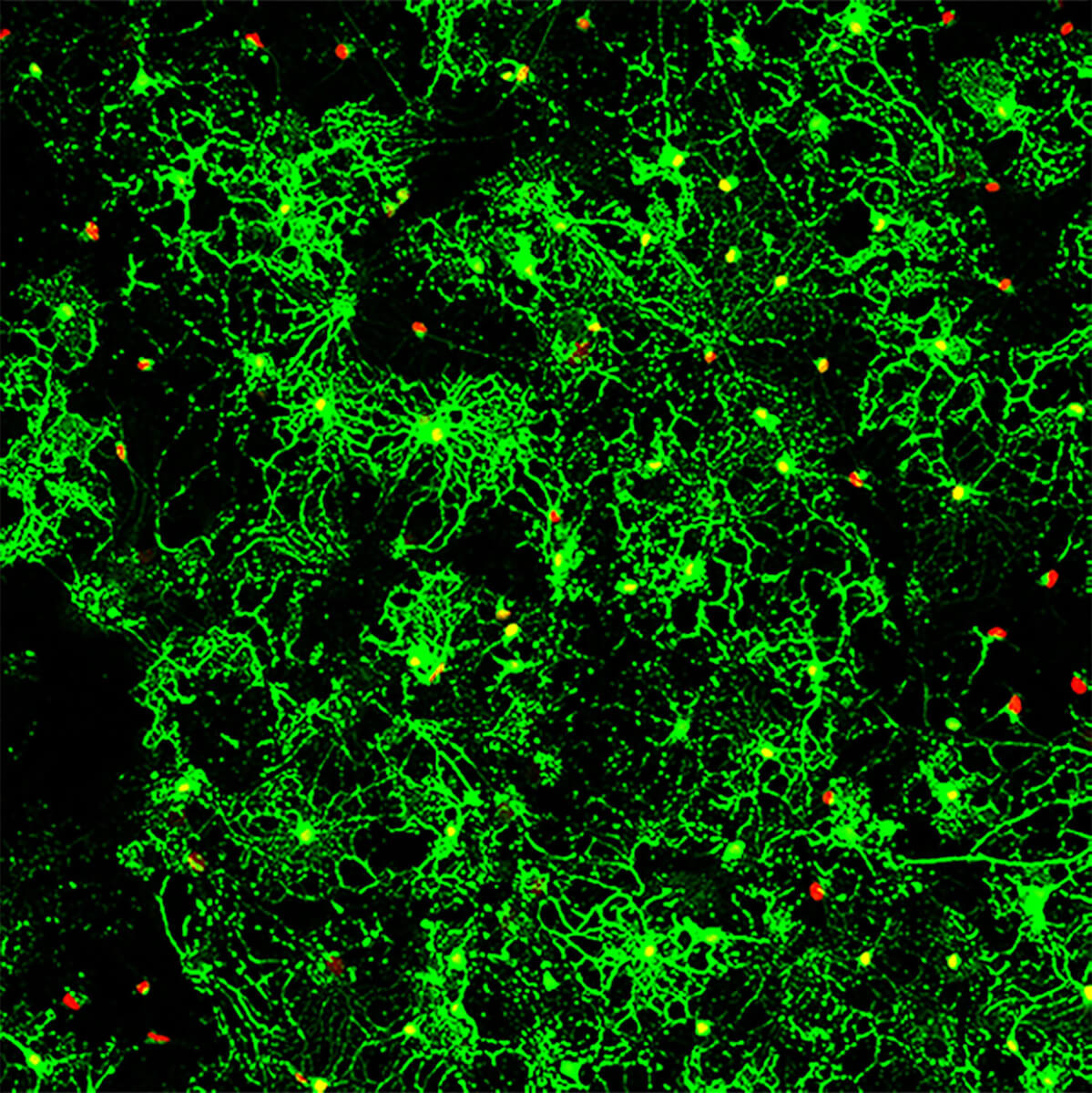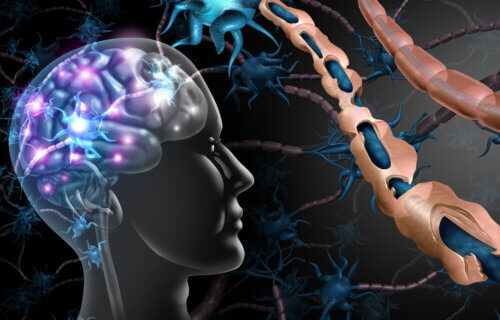CINCINNATI — The discovery of a small molecule that helps regenerate nerve damage may be the first step towards curing multiple sclerosis and stopping brain aging. Researchers from Cincinnati Children’s Hospital say they have pinpointed a novel protein function inhibitor called ESI1, which is showing early promise in reversing the effects of this devastating disorder.
Multiple sclerosis (MS) is a chronic autoimmune disease that affects the central nervous system, which includes the brain, spinal cord, and optic nerves. The immune system turns on patients, attacking their myelin sheaths, a protective covering that surrounds nerve fibers. This leads to inflammation and damage to the myelin and the nerve fibers themselves.
Symptoms of MS can vary widely depending on the extent of the damage to a patient’s CNS. However, common symptoms include fatigue, muscle weakness and stiffness, difficulty with coordination and balance, vision problems, and cognitive impairment. MS may also cause bowel and bladder problems, sexual dysfunction, and depression. Globally, there are approximately 2.1 million people living with this condition.
The new breakthrough, published in the journal Cell, centers around reactivating cells in the brain capable of regenerating the vital insulation called myelin that protects our neural wiring. Initial experiments with mice reveal that ESI1 plays a key role in waking up the cells which handle nerve repair in patients with MS and other age-related brain disorders.

“Currently, there are no effective therapies to reverse myelin damage in devastating demyelinating diseases such as MS,” says corresponding author Q. Richard Lu, PhD, a top brain research expert at Cincinnati Children’s, in a statement. “These findings are significant as they offer new pathways for treatment that potentially shift the therapeutic focus from just managing symptoms to actively promoting repair and regeneration of myelin.”
To understand the importance of myelin, think of the nerve cells in our brains as electrical cables. The long offshoots from each nerve cell (called axons) are like the wiring itself, transmitting vital signals for bodily functions and cognitive processes. However, just like the plastic coating around electrical cables, myelin sheaths wrap around those axon “wires” to insulate and protect the signals they carry.
In diseases like MS, our immune system goes haywire and attacks the protective myelin insulation, exposing the axons and disrupting neural signaling. Unfortunately, our myelin also naturally erodes as we age, playing a major role in age-related cognitive decline and conditions like Alzheimer’s disease. So, finding a way to regenerate that protective insulation could be a game-changer for millions.
MS ‘silences’ key cells that repair myelin
The team’s key finding in this study was that the cells responsible for making myelin (called oligodendrocytes) are still present in brain areas damaged by multiple sclerosis. However, the disease effectively “silences” those cells, preventing them from doing their job and repairing myelin.
After more than five years of work involving researchers across 15 institutions, the team identified the specific genetic changes involved in silencing oligodendrocytes. Then, they screened hundreds of compounds to find one, ESI1, that could reverse that silencing process.
In both older mice and those mimicking MS, ESI1 treatments enabled oligodendrocytes to regenerate myelin sheaths around axons. Treated mice performed better at navigating mazes, demonstrating improved neurological function. Simply put, MS could no longer keep myelin-repairing cells silent after the mice took doses of ESI1.

Next, the team tested ESI1 on lab-grown human brain organoids (mini-brains) containing myelinating cells. Once again, the compound extended the axon-insulating myelin sheaths, confirming its regenerative effects and giving new hope to human patients.
So, how does this potential fountain-of-youth drug work its regenerative magic?
According to the study, ESI1 boosts levels of activating genetic markers that spur myelin production while reducing repressive markers that normally silence that process. It also triggers the formation of special cellular hubs that control fat and cholesterol synthesis — crucial ingredients oligodendrocytes need for manufacturing new myelin.
While this is an exciting breakthrough, study authors say the research is still in its early stages. It’ll take more investigation before ESI1 or similar compounds are ready for human trials.
“This study is a beginning,” Lu says. “Prior to finding ESI1, most scientists believed that remyelination failure in MS was due to the stalled development of precursors. Now we show a proof of concept that reversing the silencing activity in OLs present in the damaged brain can enable myelin regeneration.”
